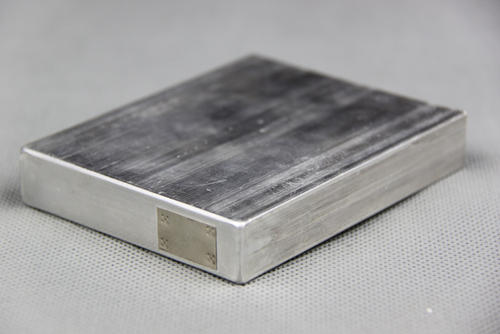Time:2020-12-29 Views:157
Among all environmental factors, temperature has the greatest impact on the battery's charge and discharge performance. The electrochemical reaction of lithium batteries at the electrode/electrolyte interface is related to the ambient temperature, and the electrode/electrolyte interface is regarded as the heart of the battery. At low temperatures, the viscosity of the electrolyte decreases. As the conductivity decreases, the activity of the active material also decreases. The concentration difference of the electrolyte will increase, the polarization will increase, and the charging will be terminated early. More importantly, the diffusion rate of lithium ions in the carbon anode will be slower. Lithium is easily precipitated. As the temperature drops, the reaction rate of the electrode also drops. Assuming that the battery voltage remains constant and the discharge current decreases, the power output of the battery will also decrease.

The effect of low temperature on lithium iron phosphate battery
At present, lithium iron phosphate batteries are the most widely used batteries in electric vehicles. This battery has high safety and a longer cell life. However, lithium iron phosphate has a fatal disadvantage. The low temperature performance of lithium iron phosphate batteries is better than other technical systems. The battery is slightly worse. Low temperature has effects on the positive and negative electrodes of lithium iron phosphate, electrolyte and binder. For example, the lithium iron phosphate positive electrode itself has relatively poor electronic conductivity, and it is prone to polarization in low temperature environments, thereby reducing battery capacity; affected by low temperature, the speed of graphite lithium insertion is reduced, and metal lithium is likely to precipitate on the surface of the negative electrode. If it is left for insufficient time after charging When put into use, the metal lithium cannot be fully embedded in the graphite again. Part of the metal lithium continues to exist on the surface of the negative electrode, which is very likely to form lithium dendrites, which affects battery safety; at low temperatures, the viscosity of the electrolyte will increase, and the lithium ion migration resistance will also change. In addition, in the production process of lithium iron phosphate, the adhesive is also a very critical factor, and low temperature will also have a greater impact on the performance of the adhesive.
The influence of low temperature on lithium titanate battery
The same is the lithium battery, the low temperature performance of the lithium titanate battery is more excellent. The lithium titanate anode material with spinel structure has a lithium insertion potential of about 1.5V, does not form lithium dendrites, and the volumetric strain is less than 1% during charge and discharge. The nano-sized lithium titanate battery can be charged and discharged with high current, which realizes low-temperature fast charging while ensuring the durability and safety of the battery. For example, Yinlong New Energy, which focuses on lithium titanate batteries, has its products with normal charge and discharge capabilities at -50-60°C. Lithium titanate battery has material advantages. It can still realize fast charging at low temperature. This kind of willfulness is difficult to learn from batteries of other materials.
Preheating improves the low temperature performance of lithium batteries
Faced with the limited use of lithium batteries at low temperatures, the response strategy that technicians found is charging and preheating. Although it is a stopgap measure, it has a significant effect on improving the low temperature performance of lithium batteries.
Before charging or using the lithium battery in a low temperature environment, the battery must be preheated. The way that the battery management system (BMS) in electric vehicles heats the battery can be roughly divided into two categories: external heating and internal heating. External heating methods include air heating, liquid heating, phase change material heating, and heat resistance heater or heat pump heating. These heating methods are generally located in the battery pack or in the container of the thermal circulation medium. The internal heating method heats the battery by exciting the electrochemical substances inside the battery through alternating current, so that the battery itself generates heat.